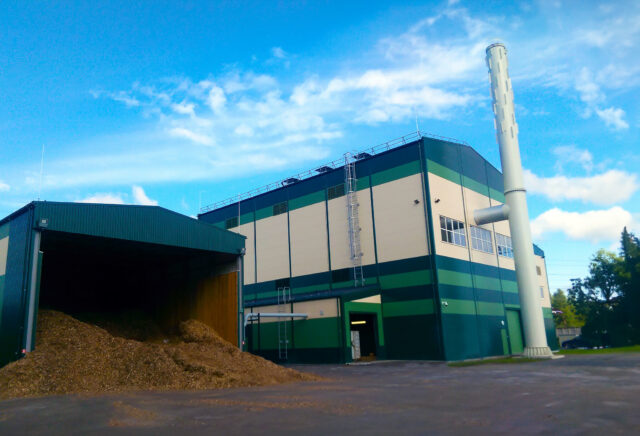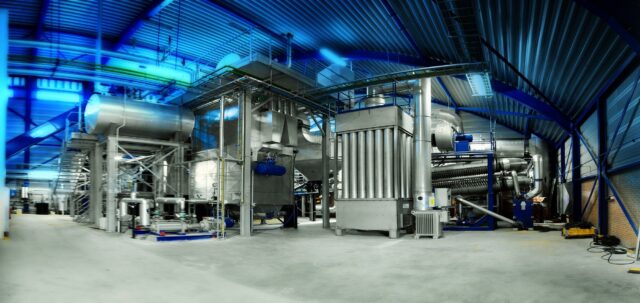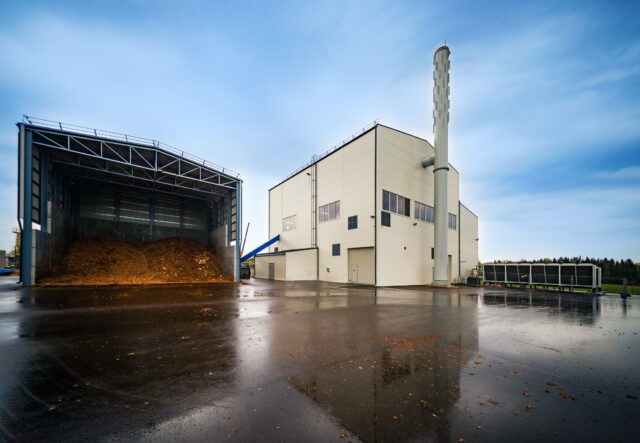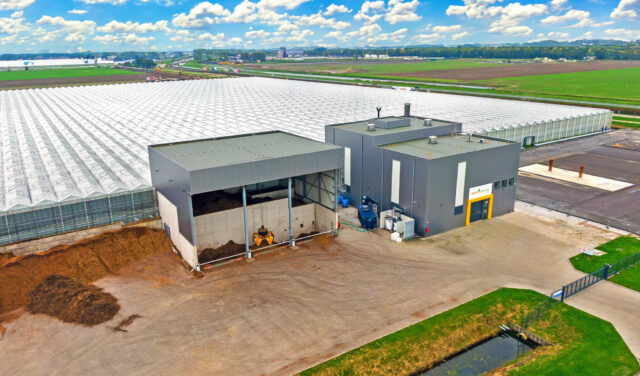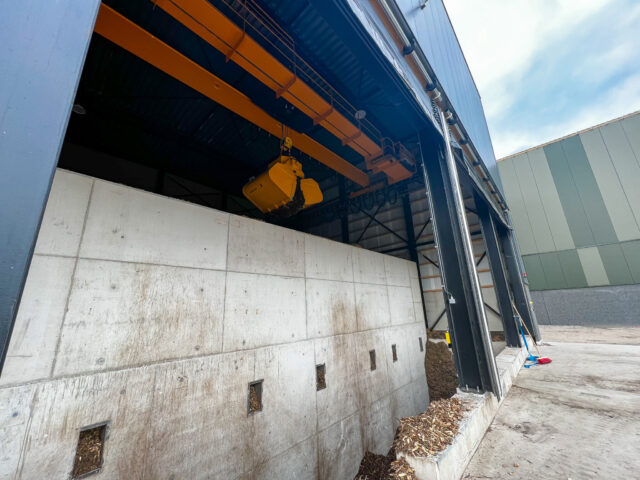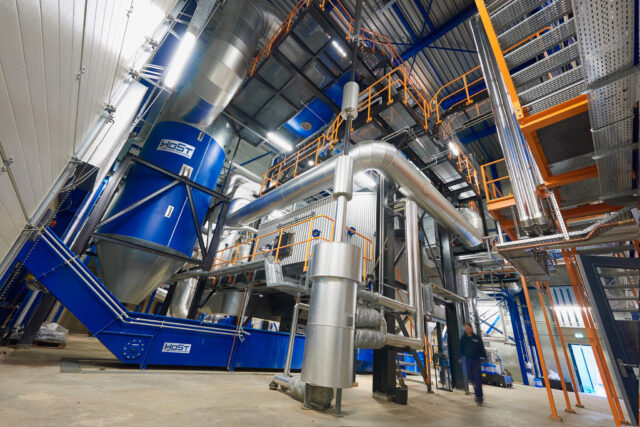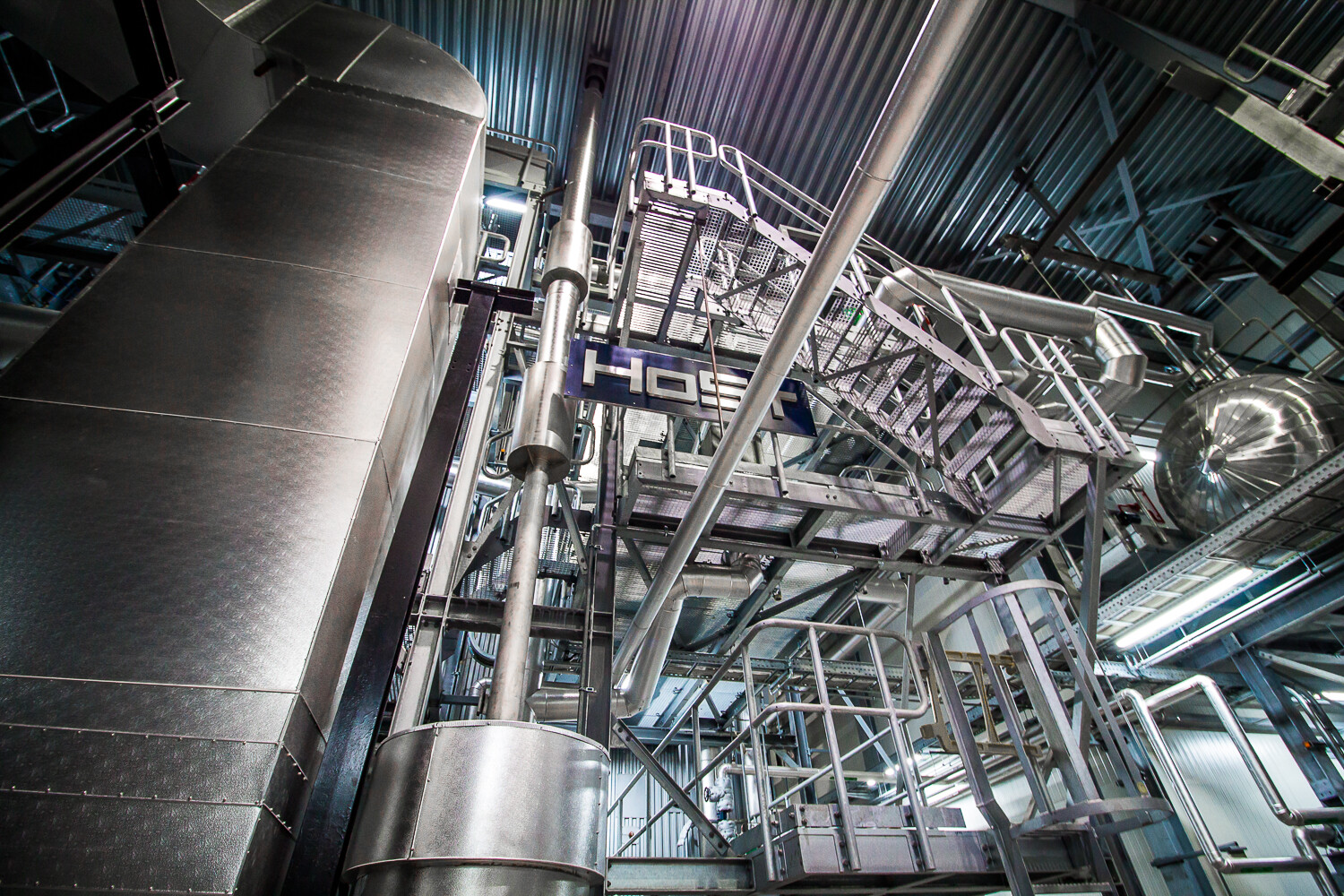
RDF heat & power plants
Features
- Capacity of 10-20MWth boiler capacity, 1-6MWe output
- Industrial Emissions Directive (IED), Best Available Techniques (BAT) and BREF compliant.
- End-products: heat, power, and steam with minimal emissions.
- Production of bioCO2 with integration of carbon capture.
- Increase independency on natural gas, reduce CO2 footprint, lower energy bill, save on waste disposal costs.
RDF / SRF / waste as fuel
HoSt waste-fired heat and power plants have a large range of fuel versatility. And are capable of handling waste fuels such as RDF, SRF, waste wood A1-A2-A3-A4 (grade B,C,D), sludges, and other solid wastes.
-
RDF / SRF

-
rejects (recycled paper waste)

-
paper sludge

-
waste wood grade B/C (A2-A4)


RDF to energy
HoSt’s boiler plants offering includes small to medium-sized heat and power plants of 10-20MW fueled with refuse-derived fuel (RDF), solid-recovered fuel (SRF), demolition wood, and other types of waste. These waste boilers are designed to meet the Industrial Emissions Directive (IED), Best Available Technique (BAT) and BREF (BAT reference). While efficiently and sustainably converting waste to renewable heat, power, and steam, it can support paper and packaging factories district heating, power generation, recycling sites and industrial steam and energy needs.
Carbon capture technology is easily integrable to capture CO2 and produce gaseous bioCO2 or food-grade liquid CO2 combined with CO2 liquefaction.

RDF as valuable fuel
Utilizing RDF’s high energy value, companies in various industries can reduce or become independent of natural gas use, lower CO2 emissions, and save on energy and disposal costs. Many industries, including the paper and packaging sector, can boost decentralized on-site energy production by putting their own waste to good use. Establishing an RDF plant near factories that process waste or generate waste streams from their processes, for example cardboard and paper mills, while harnessing its output, paves the way for a resilient and future-proof business.
Technical highlights
- Proven technology based on robust firing grate in combination with a water tube boiler.
- The water tube boiler is designed to handle high clorine and sulphur contents in the fuel and an Inconel layer is applied in the harshest environment in the boiler to avoid corrosion.
- High pressure steam soot blowers for online cleaning, perfect for high ash-content waste.
- NO-NOx flue gas cleaning technology to achieve top-tier emission standards.
- Designed for solid fuel particle sizes up to 250mm.

RDF plant design
With our modern RDF boiler design, the process cools flue gases to prevent ash from melting before reaching the boiler’s convection parts. Soot blowers facilitate cleaning even with high ash-content waste fuels. The design is tailored to resist high ash loads and various sulphur and chlorine related corrosion problems. The boilers are designed for particle sizes up to 250mm. Fuels that contain oversized particles should be sieved or shredded to sizes below 250mm, with iron and aluminum being removed before fed to the installation.

Optimal combustion
The firing grate uses flue gas recirculation for cooling, promoting longevity and reducing maintenance compared to water-cooled grates. Our three-stage air furnace with flue gas recirculation ensures controlled and optimal combustion and minimal unwanted element evaporation. To achieve the industry’s pinnacle in emissions, HoSt applies its NO-NOx flue gas cleaning technology. Contact us to request more information on our RDF-fired combined heat and power plants.
Paper factory utilizing RDF
HoSt Group built a 15MWth, 1.8MWe CHP plant at an European paper factory. This plant uses refuse derived fuel (RDF) from paper recycling rejects, paper sludge, waste wood and municipal waste, and reduces the factory’s natural gas consumption by half. The factory produces its own RDF from recycled waste and utilized the produced energy in its own processes. The steam boiler in the plant powers a turbine, generating 1.8MW electricity and providing 18.5 t/h steam at 6 barg and 175°C. The setup meets strict EU emission norms, featuring a compact building of only 17 meter high and advanced flue gas cleaning.

Wij realized boiler plants for
